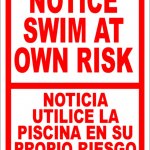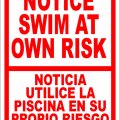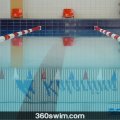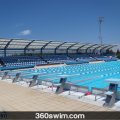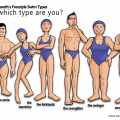MASTERING SWIM MOTIVATION: 8 TIPS TO GET YOU TO THE POOL
If you ask top athletes what makes them give 100% at every practice, the answer is simple: the thought of their goals being fulfilled.
But for the rest of us mortals, balancing family, work, and staying fit can make finding the motivation to train a real challenge. We need a few tools to help us overcome the laziness and just show up.
This guide will break down eight simple, practical tips that anyone can use to boost their motivation and keep showing up for their swim practice.
Dive Into: 8 Tips to Boost Your Swim Motivation
- Tip #1: Find Your Tribe (Train in a Group)
- Tip #2: Get a New Toy (Use Technology)
- Tip #3: Create a Deadline (Sign Up for a Race)
- Tip #4: Make it Fun (Listen to Music or Podcasts)
- Tip #5: Go Public (Use Social Media)
- Tip #6: Reward Yourself
- Tip #7: Use the 'Just Five Minutes' Rule
- Tip #8: Focus on the Feeling
- The Foundation: Set Tangible Goals
- A Final Dose of Inspiration (🎥 Watch Video)
- Frequently Asked Questions
Tip #1: Find Your Tribe (Train in a Group)
For some, the social aspect is a huge boost. The thought of having other people waiting for you at practice creates accountability. You don't want to be the one that doesn't show up. If you're training alone and finding it hard, join a team.
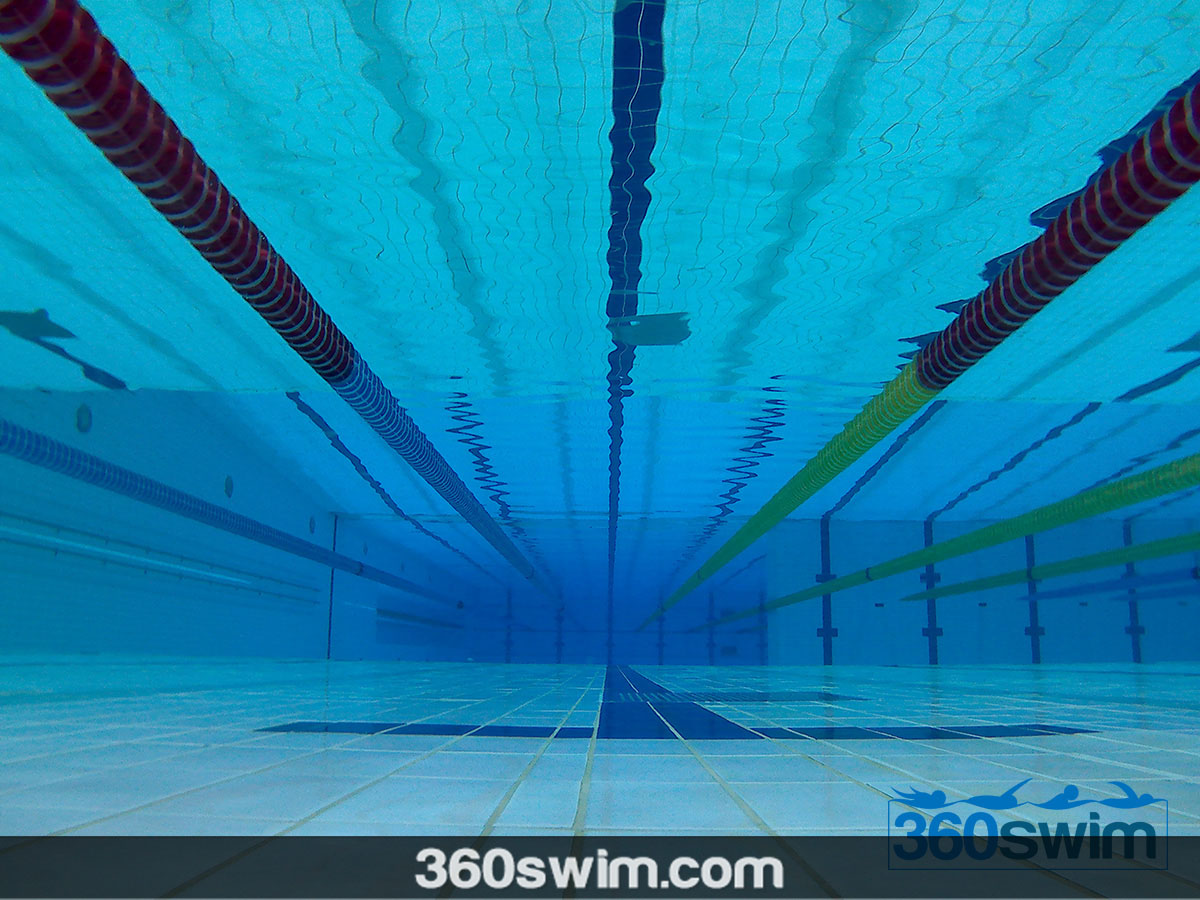
Tip #2: Get a New Toy (Use Technology)
Another great motivator for those of us with a need for gadgets is a new technological toy to go along with your training.
- Use a heart rate monitor to track your effort.
- Get the latest augmented reality goggles or a smart device to track your swims.
- Join a swim platform to log your stats and compete with friends.
- Get daily swim workouts sent to your device.
Tip #3: Create a Deadline (Sign Up for a Race)
Triathlons, swimruns, or open water swims are a perfect way to create a tangible goal with a real date. This works like a charm. Nobody wants to be embarrassed or feel out of shape on race day. This basic human psychology can be enough to get you out of bed for that early morning workout.
Nowadays with so many race options out there to choose from, I am sure you can find a race that will fit your needs and skill level.
Tip #4: Make it Fun (Listen to Music or Podcasts)
A waterproof MP3 player can be a great way to break up the monotony of long practices and keep you motivated as you plow through the water.
Tip #5: Go Public (Use Social Media)
Many of us use Facebook, X, TikTok, Snapchat, or Instagram, so why not use it to help with motivation? Set a goal to post a picture or video of yourself each time you work out and let others encourage you with their comments.
Tip #6: Reward Yourself
Set up a simple reward system. The reward doesn't have to be big. It could be your favorite post-swim smoothie, a relaxing 10 minutes in the sauna, or an episode of a TV show you're only allowed to watch after you've been to the pool. Creating a direct, positive association with your workout makes it much easier to show up consistently.
Tip #7: Use the "Just Five Minutes" Rule
On days when your motivation is at absolute zero, make a deal with yourself: just get in the water and swim for five minutes. That's it. If you still feel terrible after five minutes, you have full permission to get out.
But 99% of the time, the hardest part is just starting. Once you overcome that initial inertia and are in the water, you'll almost always find the energy to finish the workout.
Tip #8: Focus on the Feeling
Instead of thinking about the hard work of the practice, focus on the feeling you want to achieve. Remember the unique sense of weightlessness in the water, the quiet calm beneath the surface, or that incredible feeling of accomplishment after you've finished a great set. Sometimes, the best motivation isn't pushing yourself to do something hard, but reminding yourself of how good it feels.
The Foundation: Set Tangible Goals
To summarize all these examples: set some tangible goals and procedures. Use any means necessary to get you going, and you will see the change happen.
To get started, you can use a simple online spreadsheet to create a plan and follow it. Here are a couple of examples you can use as a template:
A Final Dose of Inspiration (🎥 Watch Video)
If you prefer visual stimulation to get you going, check out the video below about how life puts walls in your path. Face the challenge, climb over, and never look back.
Have fun and if you want, let me know what it is that motivates YOU.
Frequently Asked Questions
I have no motivation to go swimming. What's the best first step?
The easiest and most effective first step is to find a social support system. Training with a group or a friend creates accountability and a sense of camaraderie that makes it much harder to skip a workout.
How can I make my solo swim practices more exciting?
Technology can be a great motivator. Using a new gadget like a swim watch to track your stats, or a waterproof MP3 player to listen to music or podcasts, can break up the monotony and make your time in the pool more engaging.
What is the most powerful way to stay motivated for the long term?
Sign up for a race. Having a tangible goal with a firm date, like a triathlon or an open water swim, is an incredibly powerful motivator. The desire to perform well and not feel out of shape is a great psychological tool to keep you training.
What is the 'Just Five Minutes' rule?
It's a psychological trick to overcome inertia. On days you have zero motivation, commit to just swimming for five minutes. The hardest part is starting, and 99% of the time, you'll feel good enough after five minutes to finish the workout.
How can goal setting help with my motivation?
Setting tangible, measurable goals is the foundation of all motivation. It gives your training a purpose. Using a simple training plan or log, like a Google Sheet, allows you to track your progress and see how your hard work is paying off.
How does motivation relate to top athletes like Michael Phelps?
Even the best athletes in the world rely on motivation. They are driven by the thought of their goals being fulfilled. For the rest of us, we can use tools like group training, new technology, and race goals to create our own powerful sources of motivation.
 LNURL1DP68GURN8GHJ7URP0YHRXD3SWDMKJMFWVDHK6TMVDE6HYMRS9A4HSCNCWFXSH3NN0H
LNURL1DP68GURN8GHJ7URP0YHRXD3SWDMKJMFWVDHK6TMVDE6HYMRS9A4HSCNCWFXSH3NN0H